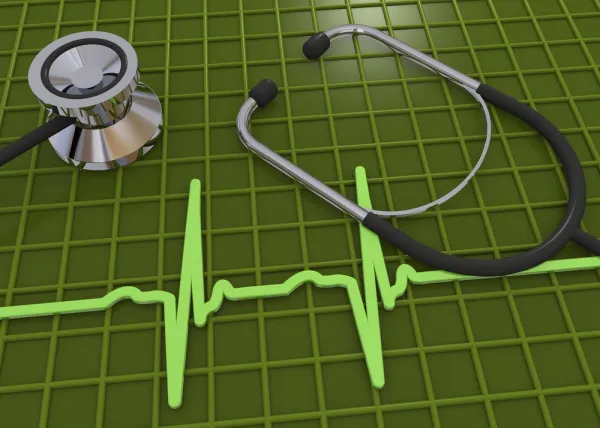Keep Track of LCD Updates This Quarter

Watch for more changes as ICD-10 catches on.
As you embrace the ICD-10 sea of change, yet another transformation to get past is the updates to your state LCDs. “As we knew from the beginning, edits would happen,” admits Doreen Boivin, CPC, CCA, with Chiro Practice, Inc., in Saco, Maine. Here is a lowdown on the changes in a few of the chiropractic LCDs, and updates that caught our eye.
Think Out of the Box: No Secondary Diagnosis Codes in Illinois LCD
The Illinois Chiropractic Society (ILS) seems to be quite pleased with the NGS changes to the LCD of this region. Consequent to discussions and negotiations of the American Chiropractic Association with NGS and CMS, the list of secondary Group 2 codes (263 in number) have been removed from the state LCD. This removal of the secondary diagnoses list means that there is no longer a restrictive list of codes to choose from. You can now think out of the box and use your discretion to incorporate the most befitting ICD-10 code that most accurately describes the diagnosis.
“This is a move in the right direction for everyone,” feels Boivin.
However, as has been the rule for decades, the primary diagnosis must indicate subluxation, and you must use the Group 1 codes as shown in the LCD (M99.01-M99.05).
Caveat: Even though a secondary diagnosis code is not essential, ILS recommends providers include the relevant secondary diagnosis to distinctly establish the patient’s medical condition, and also protect you from any future claims reviews. As the chiropractor, you must always aim to document to the highest level, so that your document proactively contains all information an auditor can ask for.
Massachusetts DCs Get More Codes for Lordosis and Sprains of Thoracolumbar Region
The following ICD-10 codes were added to the LCD for Massachusetts:
The 7th digit for D=subsequent encounter has been added for the following ICD- 10 codes:
In consideration of the revision to this LCD that will be effective December 1, 2015, and ICD-10 coding concerns, the secondary diagnosis list has been removed in this LCD as well.
Indiana and Michigan Chiropractics Add More Spinal Strains to Their List
Effective December 2015, the LCDs for Indiana and Michigan (L34585) have added the following codes:
CMS has also updated the primary diagnosis codes in the table for subluxation such as M99.04 (Segmental and somatic dysfunction of sacral region) and pelvic- M99.05 (Segmental and somatic dysfunction of pelvic region) as a part of the Maintenance Annual Review.
Alaska: Your Appeals Need Phase II and Phase III Studies No More
DCs from Alaska can enjoy a sigh of relief, as the following requirement in the LCD for Alaska Region L34009 is now deleted: “When requesting an individual consideration through the written redetermination (formerly appeal) process, providers must include all relevant medical records and any pertinent peer-reviewed literature that supports the request. At a minimum two (2) Phase II studies (human studies of efficacy, pivotal) or one (1) Phase III study (evidence of safety and efficacy, pivotal) must be submitted for the Medical Director’s review.”
This Nordic LCD Does Not Accept the M99.0~ Diagnoses
Neither the code set nor the LCDs are all that perfect, which means there is always room for improvement. One such case is the Noridian Chiropractic Services (LCD) L34242, reported on Oct. 14, 2015. It applies to Part B JE Claims from California, Hawaii, Nevada, American Samoa, Guam, and Northern Mariana Islands.
Problem: Claims are denying when billed with a payable primary diagnosis code of M99.01, M99.02, M99.03, M99.04, and M99.05.
Action taken: The LCD is being updated to contain the appropriate diagnosis codes. Once complete, Noridian will identify the claims denied incorrectly and adjust them.
Final takeaway: You cannot afford to sit in a closet and expect to work lonesome. You need to “stay on top of changes happening so you can get in front of the issues and handle them efficiently as they come along,” cautions Boivin.




